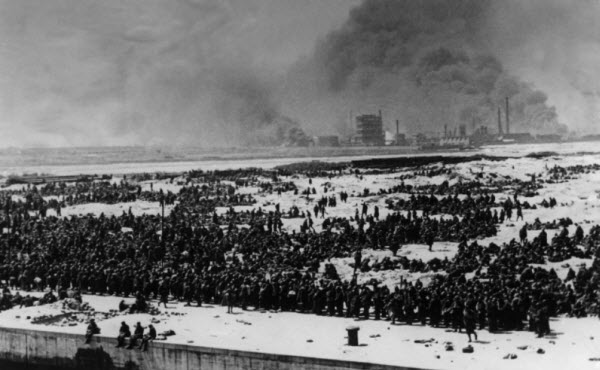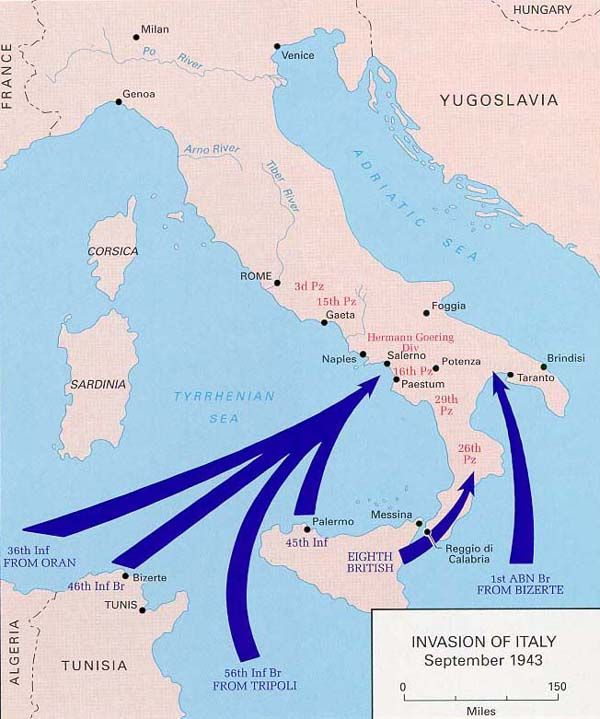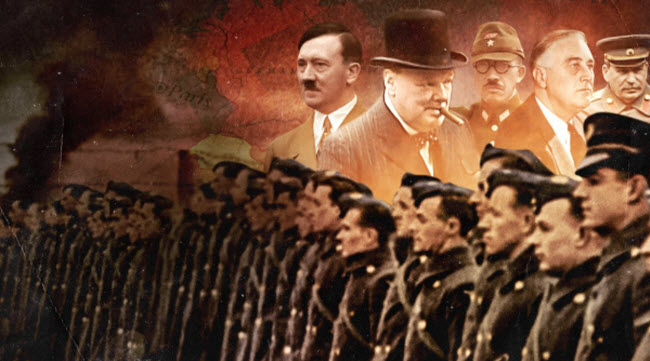World War II, spanning from 1939 to 1945, was the most extensive and devastating conflict in human history. With over 50 nations involved and battles waged across continents, the war’s impact was profound and lasting. This extensive analysis seeks to explore the multifaceted origins, detailed events, and far-reaching consequences of the war, offering a thorough examination of its significance and legacy.
Origins of World War II
Post-World War I Conditions
The origins of World War II can be traced to the aftermath of World War I and the Treaty of Versailles, which concluded the First World War. The Treaty, signed in 1919, imposed harsh penalties on Germany, including significant territorial losses, severe military restrictions, and substantial reparations. These measures, intended to prevent future conflict, instead sowed the seeds of resentment and economic hardship in Germany.
The economic repercussions of the Treaty of Versailles were exacerbated by the Great Depression of the 1930s. The global economic downturn led to widespread unemployment, social unrest, and political instability. In Germany, the economic crisis created fertile ground for extremist ideologies. The Nazi Party, led by Adolf Hitler, capitalized on the public’s discontent, promising to restore Germany’s former glory and overturn the perceived injustices of the Treaty.
Rise of Fascism and Militarism
The rise of fascist regimes in Italy and Japan further contributed to the brewing conflict. In Italy, Benito Mussolini’s regime sought to revive the grandeur of the Roman Empire through aggressive expansionism. Mussolini’s vision of a new Roman Empire drove Italy to invade Ethiopia in 1935, further destabilizing the international order.
In Japan, the expansionist ambitions of the military government led to the invasion of Manchuria in 1931 and a prolonged conflict with China beginning in 1937. Japan’s aggression in Asia was fueled by a desire for resources and territorial expansion, positioning it as a major player in the forthcoming global conflict.
Diplomatic Failures and Rising Tensions
The League of Nations, established after World War I to maintain peace, proved ineffective in curbing aggressive actions by totalitarian regimes. The League’s inability to enforce its resolutions and the policy of appeasement practiced by Western democracies allowed aggressive states to expand unchecked.
The Munich Agreement of 1938, in which Britain and France acquiesced to Hitler’s demands to annex the Sudetenland, epitomized the policy of appeasement. While intended to prevent conflict, this concession only emboldened Hitler and paved the way for further aggression.
The Outbreak of War
Invasion of Poland
The immediate trigger for World War II was the invasion of Poland by Nazi Germany on September 1, 1939. Hitler’s strategy of Blitzkrieg, or “lightning war,” involved rapid, coordinated attacks using aircraft, tanks, and infantry to overwhelm and encircle enemy forces. The invasion of Poland demonstrated the effectiveness of this approach, leading to the swift collapse of Polish defenses.
Britain and France Declare War
In response to Germany’s aggression, Britain and France declared war on Germany on September 3, 1939. The declaration was a consequence of their mutual guarantees to Poland, pledging military support in the event of an invasion. Despite the declaration, the initial phase of the war, often termed the “Phoney War” or “Sitzkrieg,” saw limited military action in Western Europe, with both sides preparing for a more extensive conflict.
Soviet Union’s Involvement
On September 17, 1939, the Soviet Union, under Joseph Stalin, invaded Poland from the east as per the secret protocol of the Molotov-Ribbentrop Pact. This non-aggression treaty between Germany and the USSR ensured that Hitler would not face a war on two fronts, facilitating the division of Poland between the two powers. The swift collapse of Poland was followed by Soviet expansion into the Baltic states and Finland.
Expansion of the Conflict
Invasion of Denmark and Norway
In April 1940, Germany launched Operation Weserübung, a combined military campaign to invade Denmark and Norway. The occupation of Denmark ensured control of the Danish straits, vital for naval operations, while Norway’s ports provided strategic advantages for controlling the North Atlantic and securing access to Swedish iron ore.
Fall of France
The German campaign in Western Europe accelerated in May 1940 with the invasion of Belgium, the Netherlands, and France. The German forces bypassed the heavily fortified Maginot Line through a surprise attack in the Ardennes Forest. The rapid advance, known as Blitzkrieg, overwhelmed Allied defenses and led to the fall of France in June 1940.
The fall of France was marked by the evacuation of British and Allied forces from Dunkirk in Operation Dynamo. Despite the successful evacuation of over 330,000 troops, France was divided into occupied and Vichy-controlled zones. The Vichy government, led by Marshal Philippe Pétain, collaborated with the Nazis, while the Free French Forces, led by Charles de Gaulle, continued the struggle from abroad.

Battle of Britain
Following the fall of France, Hitler’s attention turned to Britain. The Battle of Britain, fought from July to October 1940, was a critical phase of the war. Germany launched an extensive aerial bombardment campaign, targeting British cities and industrial centers. The Royal Air Force (RAF) successfully defended Britain, utilizing radar technology and effective air defense tactics. The failure to achieve air superiority led Hitler to postpone Operation Sea Lion, the planned invasion of Britain.
The Global Conflict Expands
Operation Barbarossa
On June 22, 1941, Hitler launched Operation Barbarossa, a massive invasion of the Soviet Union. The operation aimed to conquer Soviet territory and establish a new order. The initial phase of the invasion saw significant German advances, with the capture of vast territories and encirclement of Soviet forces. However, the harsh Russian winter and fierce Soviet resistance, exemplified by the Battle of Moscow, halted the German offensive.

The Eastern Front
The Eastern Front became the largest and bloodiest theater of the war. The German siege of Stalingrad, which began in August 1942, was one of the war’s most brutal battles. The city became a symbol of Soviet resilience, and the German defeat marked a turning point in the conflict. The Soviet counteroffensive, coupled with dwindling supplies and the harsh winter, led to the surrender of the German 6th Army in February 1943.
Pacific Theater
In the Pacific Theater, the conflict intensified following Japan’s attack on Pearl Harbor on December 7, 1941. The surprise attack led to the United States’ entry into the war, with Congress declaring war on Japan on December 8. The subsequent Japanese expansion included the capture of key territories in Southeast Asia and the Pacific.

The Battle of Midway in June 1942 was a pivotal moment in the Pacific. The U.S. Navy’s victory, achieved through superior intelligence and strategic planning, significantly weakened the Japanese fleet. The island-hopping campaign that followed involved bypassing heavily fortified Japanese positions and capturing strategic islands, moving Allied forces closer to Japan.
Turning the Tide
North Africa and Italy
In North Africa, the Allies, led by British forces under General Bernard Montgomery, achieved a decisive victory at the Battle of El Alamein in October 1942. This victory, coupled with the American landings in North Africa (Operation Torch) in November 1942, led to the eventual defeat of Axis forces in the region.
The Allied invasion of Sicily in July 1943, followed by the Italian mainland in September 1943, resulted in the fall of Mussolini’s regime. The campaign in Italy was marked by challenging terrain and fierce fighting, but it gradually weakened Axis positions in Europe.

D-Day and the Liberation of Europe
The Allied invasion of Normandy on June 6, 1944, known as D-Day, was a turning point in the Western Front. The massive amphibious assault involved 156,000 Allied troops landing on the beaches of Normandy, France. The successful invasion marked the beginning of the liberation of Western Europe. The Allies advanced through France, Belgium, and the Netherlands, liberating occupied territories and pushing towards Germany.

The Soviet Push Towards Berlin
On the Eastern Front, Soviet forces launched a series of offensives, including the liberation of Eastern European countries and the advance into Germany. The Battle of Berlin, fought in April-May 1945, saw the final Soviet assault on the German capital. Hitler’s suicide on April 30, 1945, and the subsequent German surrender on May 8, 1945, marked the end of the conflict in Europe, celebrated as Victory in Europe (VE) Day.
The War’s Conclusion and Aftermath
The Pacific Theater’s End
In the Pacific, the war’s conclusion was accelerated by the use of atomic bombs. The bombings of Hiroshima on August 6 and Nagasaki on August 9, 1945, resulted in devastating casualties and destruction. The Japanese government announced its surrender on August 15, 1945, and the formal signing of the surrender occurred on September 2, 1945, aboard the USS Missouri in Tokyo Bay.
The Human Cost and Destruction
World War II resulted in the deaths of approximately 60 to 80 million people, including 6 million Jews who perished in the Holocaust. The Holocaust, orchestrated by the Nazis, involved the systematic extermination of Jews and other targeted groups. The war’s devastation extended to civilian populations, with an estimated 50-55 million civilian deaths and extensive destruction of cities and infrastructure across Europe and Asia.
Geopolitical Changes and the Cold War
The post-war period saw significant geopolitical shifts. The emergence of the United States and the Soviet Union as superpowers led to the Cold War, a period of ideological and political rivalry. The war’s end saw the establishment of the United Nations, aimed at promoting international cooperation and preventing future conflicts. The division of Germany into occupation zones and the subsequent creation of East and West Germany symbolized the broader division of Europe.
Decolonization and the United Nations
World War II accelerated the process of decolonization, as many former colonial powers were weakened by the conflict. The United Nations, established in 1945, sought to address international issues and prevent future wars through diplomacy and collective security. The war also led to significant social and economic changes, including advancements in technology and shifts in global power dynamics.
